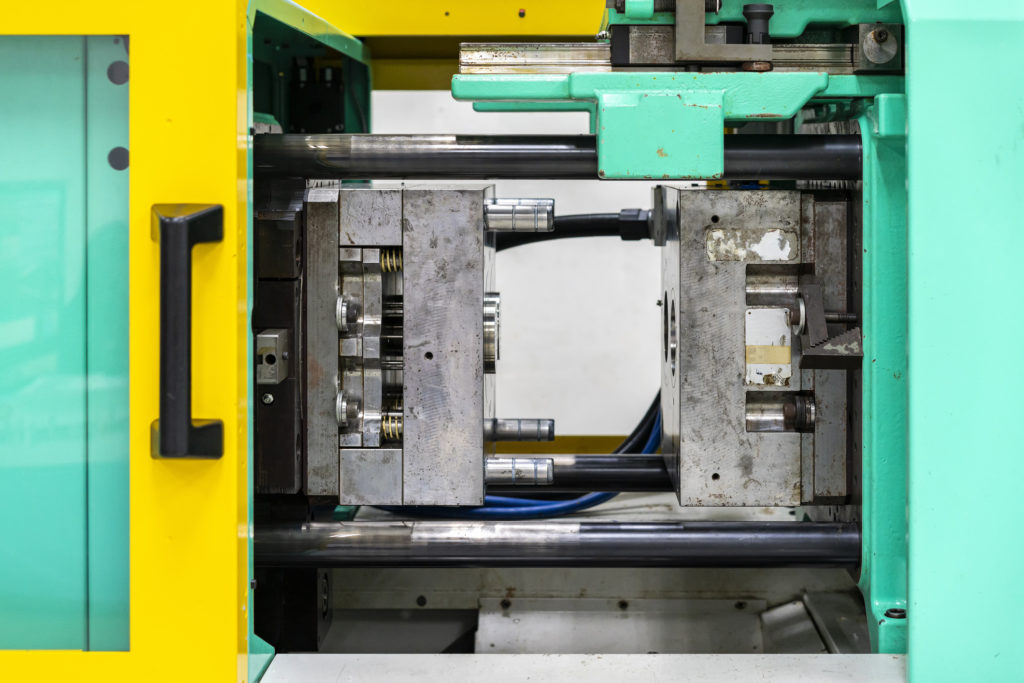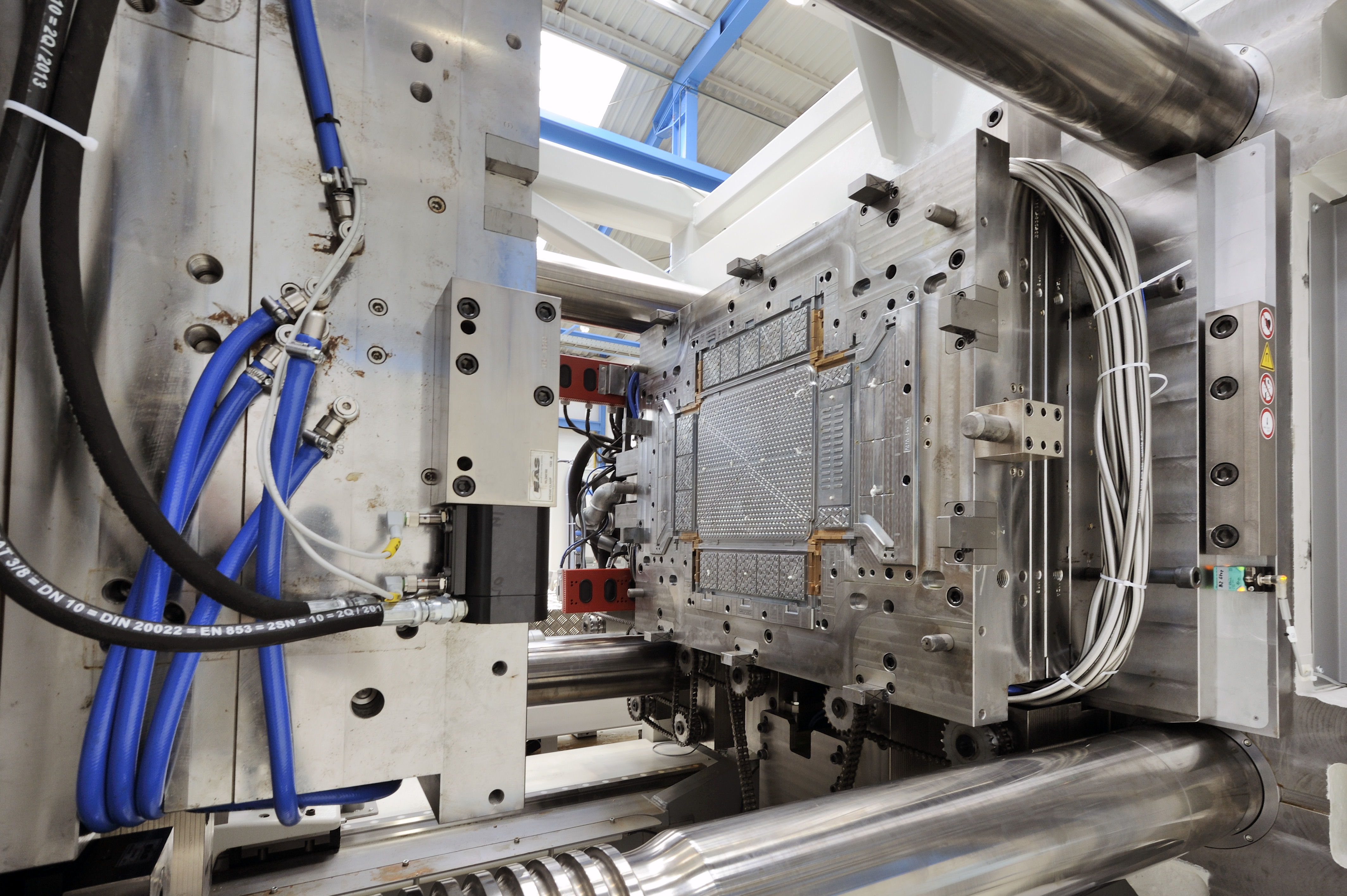Exactly How Plastic Injection Molding Guarantees Consistency and Accuracy in Production
Wiki Article
The Future of Plastic Injection Molding: Innovations and trends to Enjoy
As the plastic shot molding sector develops, a number of crucial fads are arising that promise to reshape its landscape. Automation and wise production strategies are readied to boost productivity, while the shift towards sustainable materials shows a growing environmental consciousness. Advancements in 3D printing are paving the way for unprecedented design flexibility. These advancements also bring forth challenges that require careful consideration. Recognizing exactly how these aspects will certainly interact and influence future practices is crucial for stakeholders looking to browse this transformative duration successfully.Automation and Smart Production
As the plastic shot molding market progresses, automation and smart production are taking spotlight, changing production processes - Plastic Injection Molding. The assimilation of sophisticated technologies such as robotics, IoT (Net of Points), and expert system is allowing manufacturers to boost effectiveness, reduce functional costs, and enhance product top quality. Automated systems improve operations, reducing hand-operated intervention and increasing throughput, which is crucial in meeting the climbing demand for quick production cyclesSmart making technologies assist in real-time monitoring and data evaluation, allowing business to optimize device efficiency and predict upkeep demands. This proactive technique not only reduces downtime yet also prolongs the life-span of equipment. Furthermore, making use of collaborative robotics, or cobots, boosts the flexibility of assembly line, making it possible for workers and devices to operate side-by-side securely and successfully.
The fostering of automation in plastic shot molding is not simply a trend but a calculated crucial for organizations intending to continue to be competitive in a global market. By utilizing these innovations, producers can accomplish higher precision, decrease waste, and adapt quickly to altering client demands, positioning themselves for sustainable growth in an increasingly automated future.
Lasting Products and Practices
The push in the direction of automation and wise production has led the way for a better focus on lasting products and techniques within the plastic injection molding market. Business are increasingly looking for green alternatives to typical petroleum-based plastics, leading to the fostering of recycled and bio-based products. These sustainable materials not just lower environmental influence yet likewise line up with consumer need for greener products.
Furthermore, partnership between makers, product vendors, and ecological companies is fostering innovation in the growth of lasting materials that meet performance standards without compromising top quality. As policies around plastic usage end up being stricter, the sector is poised to adjust by welcoming these sustainable approaches, ensuring long-lasting feasibility and minimizing dependence on non-renewable resources. The combination of sustainability into plastic injection molding is not just a trend; it is ending up being a crucial part of business obligation and functional excellence.
Advancements in 3D Printing
Recent improvements in 3D printing technology are substantially changing the landscape of plastic injection molding. The integration of additive production procedures permits the fast prototyping of complicated geometries that were impossible or as soon as tough to attain with conventional methods - Plastic Injection Molding. This capacity not just accelerates product development cycles yet additionally minimizes material waste, aligning with the expanding need for lasting production techniquesIn addition, the emergence of hybrid production techniques, which combine 3D printing and shot molding, provides suppliers the ability to develop intricate designs while maintaining the efficiency of automation. This method makes it possible for the production of personalized components tailored to particular consumer requirements without compromising the rate and scalability that shot molding offers.
Furthermore, advancements in materials, such as high-performance polymers and compounds especially designed for 3D printing, are improving the practical capacities of printed components. These products can hold up against greater tension and display boosted thermal homes, making them ideal for even more requiring applications.
As 3D printing continues to progress, its assimilation right into plastic shot molding procedures assures to enhance productivity, decrease expenses, and foster advancement in item style, placing suppliers to much better fulfill the difficulties of an affordable market.
Information Analytics and IoT Assimilation
Information analytics and the combination of the Net of Points (IoT) index are changing plastic shot molding by giving suppliers with extraordinary understandings right into their procedures. By leveraging real-time information gathered from interconnected equipments and sensors, suppliers can monitor efficiency metrics, recognize inadequacies, and optimize manufacturing procedures. This data-driven approach promotes predictive upkeep, lowering downtime and extending equipment life-span.Moreover, IoT integration permits improved high quality control. By continuously tracking variables such as temperature, cycle, and pressure times, producers can promptly find variances from established parameters and make adjustments in actual time. This not just boosts product consistency but additionally lowers waste and scrap prices.
The combination of information analytics and IoT modern technologies likewise empowers makers to adopt more agile production techniques. With accessibility to comprehensive data analytics, companies can reply to market needs with higher adaptability, adjusting manufacturing schedules and configurations as needed. find This flexibility is vital in a rapidly changing production landscape.

Personalization and Layout Flexibility
Just how can modification and design adaptability improve the competitiveness of plastic shot molding? In an increasingly diverse market, the ability to use tailored services is critical. Personalization allows suppliers to meet certain customer demands, suiting distinct measurements, shapes, and capabilities that standard items might not satisfy. This flexibility not only fosters customer commitment yet likewise opens avenues for brand-new company opportunities throughout numerous markets, from automotive to customer items.Innovations in design technologies, such as computer-aided layout (CAD) and quick prototyping, further strengthen this pattern. These devices allow developers to produce complex geometries and elaborate patterns, which can be effortlessly incorporated into the manufacturing procedure. Therefore, makers can react promptly to changing consumer choices and market needs.
In addition, the implementation of modular tooling systems enhances design flexibility, permitting for quicker modifications between various product layouts without considerable downtime. This versatility can bring about reduced lead times and reduced manufacturing prices, making business a lot more nimble and competitive. Inevitably, welcoming modification and layout adaptability in plastic injection molding not just elevates product offerings however also enhances market positioning in an ever-evolving landscape.
Conclusion
The future of plastic injection molding is identified by considerable advancements in automation, sustainable methods, and innovative materials. Modification via modular tooling and quick prototyping will certainly make it possible for suppliers to remain affordable and receptive to the vibrant demands of the market.
The future of plastic injection molding is defined by substantial developments in automation, sustainable techniques, and cutting-edge materials.
Report this wiki page